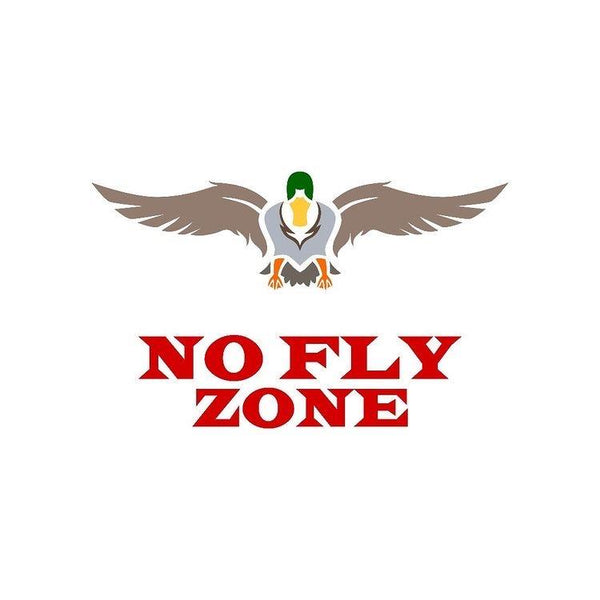The Benefits of Different Shot Sizes for 12-Gauge Ammo in Duck Hunting
Selecting the right shot size for your 12-gauge ammo can make a significant difference in the success of your duck hunting experience. Shot size influences the effective range, pattern density, and impact energy—all critical factors when targeting various species of ducks in different conditions. Here, we’ll break down the benefits of different shot sizes and how to choose the best option for your next hunt.
Understanding Shot Sizes
Shot sizes for 12-gauge shells range from small pellets like #6 to larger ones like BB or BBB. The smaller the number, the larger the pellet. Each size has unique advantages depending on your hunting scenario and the type of ducks you’re targeting:
- #6 and #5 Shot:
- Best For: Teal and other smaller ducks.
- Benefits: These smaller pellets offer a high pellet count, ensuring dense patterns ideal for close-range shots (20-35 yards).
- Drawback: Limited energy at longer distances makes them less effective for larger ducks.
- #4 Shot:
- Best For: Versatile choice for medium-sized ducks such as gadwalls and wigeons.
- Benefits: Balances pellet count and energy, making it effective at moderate ranges (30-40 yards).
- Drawback: May struggle to penetrate at extreme distances or on larger birds.
- #2 and #3 Shot:
- Best For: Mallards, pintails, and other larger ducks.
- Benefits: Offers increased knockdown power while maintaining a reasonable pellet count, suitable for ranges up to 50 yards.
- Drawback: Slightly fewer pellets per shell, which can reduce pattern density.
- BB and BBB Shot:
- Best For: Geese or large ducks at longer ranges.
- Benefits: Maximum energy and penetration for ethical kills at extended distances (50-60 yards).
- Drawback: Lower pellet count reduces pattern density, requiring precise aim.
Matching Shot Size to Hunting Conditions
To maximize your effectiveness in the field, consider these factors when choosing your shot size:
- Hunting Distance: For close-in decoying ducks, #6 or #4 shot is often sufficient. If you’re pass-shooting or hunting open water, opt for #2 or BB to ensure enough energy at longer ranges.
- Duck Species: Smaller species like teal require less energy for a clean kill, while larger species like mallards or divers benefit from heavier shot sizes.
- Weather Conditions: Windy conditions can affect shot spread, so using a size that balances pellet count and energy (e.g., #3 or #4) can help maintain effectiveness.
The No Fly Zone Waterfowl Advantage
At No Fly Zone Waterfowl, we know that the right ammo can make or break your hunt. That’s why we’re committed to providing expert advice and top-tier gear to elevate your performance in the field. Whether you’re chasing teal at dawn or aiming for mallards on open water, our resources and experiences are tailored to help you succeed.
Visit NoFlyZoneWaterfowl.com for premium hunting gear, tips, and guided hunting adventures. Let us help you hit your mark—every time.
